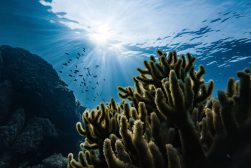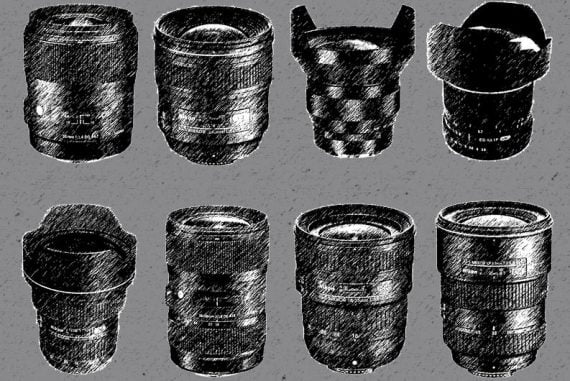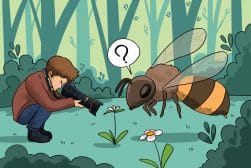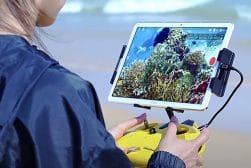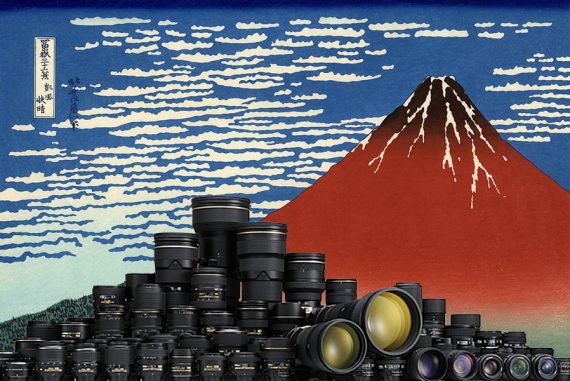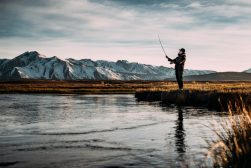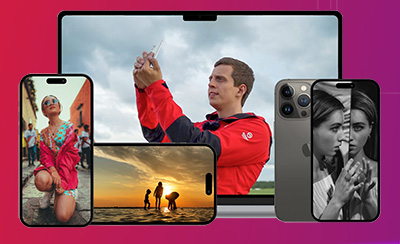
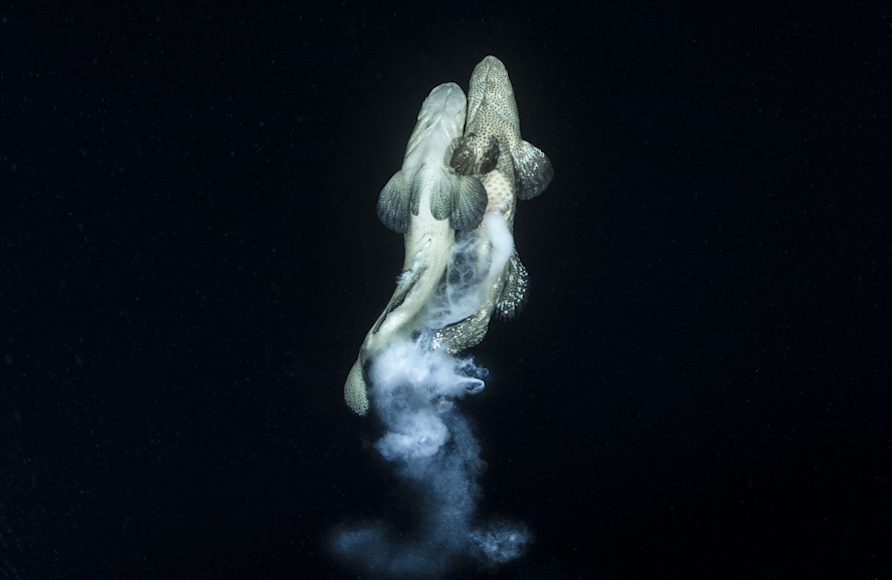




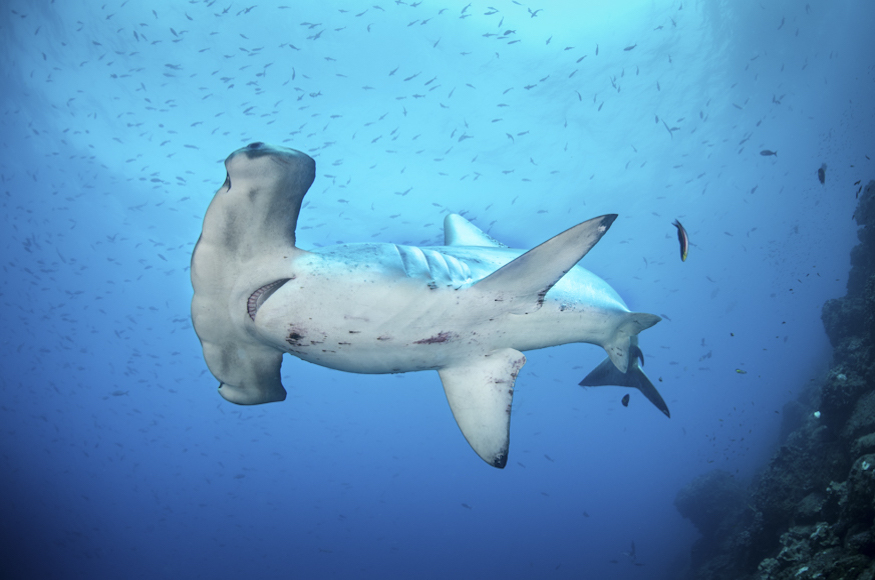

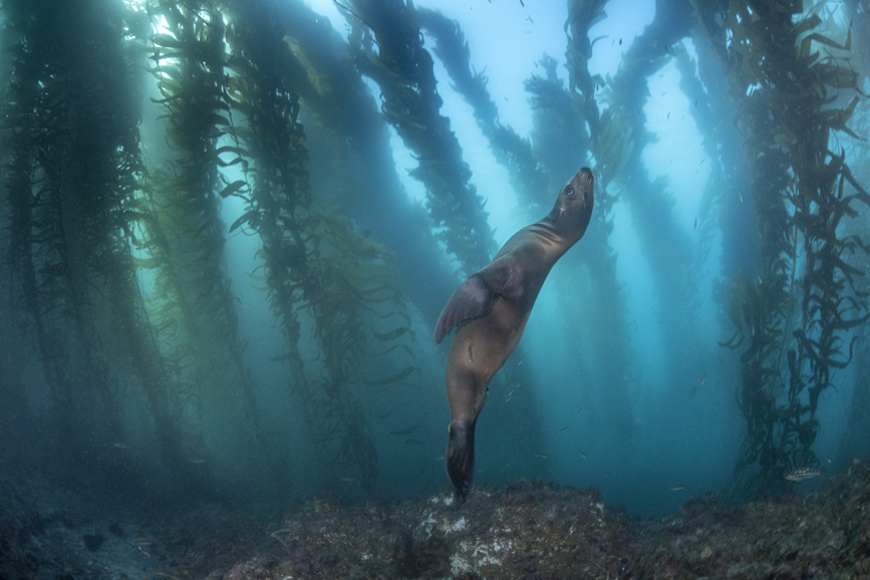
Richard Barnden
Marine & Underwater | Last Updated: September 26, 2023
Born on the South East Coast of England, I was always drawn to the beauty of the ocean, but I can honestly say that scuba diving got me into photography.
Working as an expedition guide in Palau I would do hundreds of dives a year. Spending so much time underwater gives you a great understanding of fish behaviour and one of the main reasons I seriously got into photography was to document some of the massive spawning aggregations we had been researching in Palau back in 2012.
These events had rarely been seen and I wanted to learn as much as I could and document these unique behaviours. It’s quite challenging photography and I became obsessed with working out the formulas of when fish would spawn and trying to capture this artistically. This would later be my first published work.
Since then I have gone on to lead multiple expeditions each year around the globe in search of unique behaviours or other spawning events.
I mainly shoot wide angle photography and have been shooting with Nikon DSLR cameras for the last ten years. I use Nauticam housings and ports and love the products they have.
I need a camera that has amazing low light capabilities combined with incredible focusing speed and housed in a durable, solid yet versatile underwater housing. As the cameras over the last decade have improved with both of these abilities I have kept upgrading best I can.
These days mainly due to travel bag restrictions and weight limits I try to keep my gear to the main essentials. So a fish eye wide angle (guide), a mid range zoom like 17-35mm and a 60mm macro would be my go to lenses on most expeditions or shoots. If it’s more of a macro destination then I would add a 105mm and maybe leave my fish eye lens behind.
Cameras
Nikon D850 – Over the years I have constantly been upgrading to faster and faster focusing DSLR’s as this was one of the most important things for me. I really love this camera not just for its fast focusing but also for its incredible dynamic range.
Nikon D7200 – I love using this camera for all my topside imagery.
Lenses
Sigma 15mm f/2.8 – This is my go to lens for wide angle underwater photography. I just love shooting super wide and getting really close to my subjects. This lens is really sharp and has a nice close focusing of just shorter than 15cm.
Nikon 17-35mm f/2.8 – It is not always possible to get super close to some subjects no matter how hard you try, especially if you are after a special behaviour. In this instance, I would use my 17-35mm zoom lens. Giving the subjects a bit more distance and having the ability for some nice portrait shots.
Nikon 60mm f/2.8 G – For photographing blackwater night diving and small critters in the water column. I like using this lens for blackwater as it gives me plenty of distance to find my subjects unlike a Nikon f/2.8 105mm or similar. It’s also very sharp and swift.
Nikon 105mm f/2.8 VR – I like using this lens for macro subjects and portraits. You can give your subjects plenty of room not to disturb them and get really amazing close-up shots using diopters.
Lights/Strobes
I use two Sea & Sea YS250 Strobes for underwater lighting. These strobes have a very fast recycle time which is perfect for shooting fast action and spawning shots. These strobes have unfortunately been discontinued but I hear the latest Sea & Sea YS-D3 are just as good and not as big and bulky.
I also use DivePro lights for off camera lighting in caves or wrecks and for video.
Underwater Housings
I have always used Nauticam housings and have been very impressed with there products and amazing customer service. Because I spend so much time underwater on expeditions my housings do hundreds of dives each year and I really put them through the tests. So far to date, they have never let me down.
Diopters/Underwater Optics
I use a variety of Nauticam’s diopters like the CMC-1 and CMC-2 for more than 1-1 magnification on macro subjects. I love using these special underwater optics to be able to make things larger than life.
Bags/Straps
I use a variety of cinebags for my underwater equipment. They make great camera bags and backpacks for all your expedition and in the field needs.
Drone/Go Pro
I use a DJI Mavic Air to capture any aerial images and a GoPro 7 for behind the scenes stuff.
Hardware & Software
I have a Macbook Pro 15” for editing on expeditions and in the field and at home, I use an iMac 27”. The software I use is Adobe Lightroom and Adobe Photoshop for stills and Final cut pro X for editing video.
Dive Gears
Cressi 5mm Wetsuit
Cressi 3mm Wetsuit
Scubapro Exo Drysuit
Scubapro masks
Cressi Freediving Fins
ScubaPro Jet Fins
Apeks Regulators
Shearwater Computers
JJ-CCr Rebreather
The more time you spend underwater the more you learn, just don’t forget to come up for a breath now and again or buy a rebreather.
www.richardbarnden.com | @richardbarndenphotography
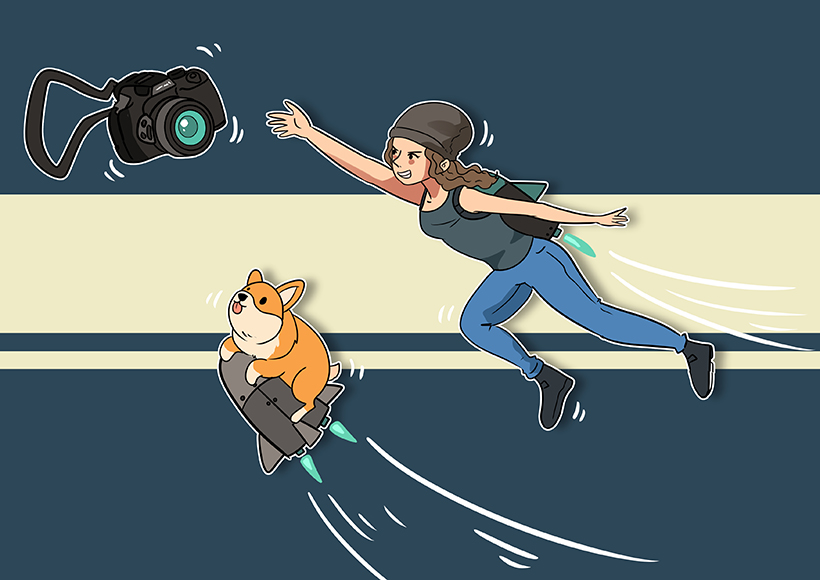
Check out these 8 essential tools to help you succeed as a professional photographer.
Includes limited-time discounts.





